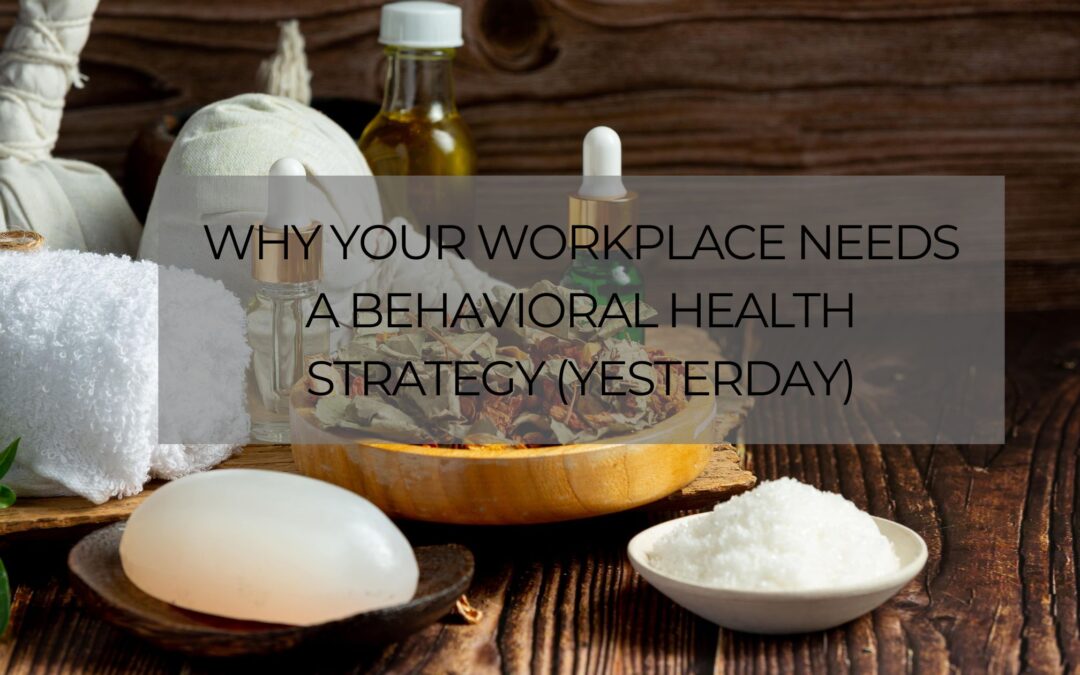The most forward-thinking companies today aren’t just offering competitive salaries or cool perks. They’re investing in behavioral health strategies that support their employees’ mental and emotional well-being.
The Cost of Ignoring Mental Health
Workplace stress is the leading cause of turnover, absenteeism, and presenteeism (being physically at work but mentally checked out). The World Health Organization estimates that depression and anxiety cost the global economy $1 trillion annually in lost productivity.
Employees Are Demanding Support
The post-pandemic workforce has made one thing clear: mental health isn’t negotiable. Employees want:
- Access to therapy and counseling
- Mental health days
- Flexible schedules
- Managers trained in mental health awareness
Behavioral Health = Business Health
When companies prioritize behavioral health, they see:
- Lower turnover rates
- Higher engagement and morale
- Stronger company culture
- Improved performance and innovation
Elements of a Workplace Behavioral Health Strategy
- Employee Assistance Programs (EAPs) that actually work
- Mental health training for leadership and HR
- Anonymous surveys to track well-being and stress levels
- Access to digital resources (apps, teletherapy, webinars)
- Clear policies around mental health leave and flexibility
Examples of Companies Doing It Right
- Microsoft: Offers therapy sessions and mindfulness tools to all employees
- Starbucks: Provides mental health benefits to part-time staff
- Salesforce: Normalizes therapy and mental health talks within leadership
Final Word
If you want to attract and retain top talent, you need more than a ping pong table. You need a culture that supports the full human experience. Behavioral health isn’t just a benefit—it’s a business imperative.
